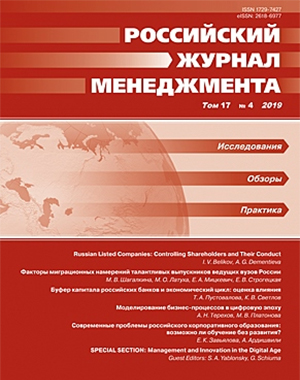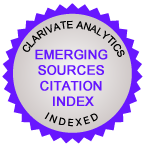Business Process Modeling in the Digital Age
DOI:
https://doi.org/10.21638/spbu18.2019.404Abstract
Newly emerged in the Russian society trend towards digitalization is gaining increasing number of applications. Business processes modeling based on modern IT approaches has a large potential for improving the efficiency and reliability of various manufacturing systems. Unfortunately, studies that offer specific tools for formal description of manufacturing processes are rare. In this paper we propose a four-stage system for modeling business processes: design, visualization, construction of a logical model and, finally, generation of a computer code (proprietary approach to the CASE method). This technology for business processes modeling, as well as specific products based on it, can be widely used in manufacturing processes, from document workflow automation to the operation of numerically controlled machines. The proposed tool can help to increase the productivity of personnel of organizations and optimize manufacturing processes. The automatic code generation eliminates one of the main drawbacks of software development — the code does not contain input errors.
Keywords:
digitalization, visualization, business process, workflow, computer numerical control, BPMN, CASE method
Downloads
References
REFERENCES IN LATIN ALPHABET
Translation of references in Russian into English
Downloads
Published
How to Cite
Issue
Section
License
Articles of the Russian Management Journal are open access distributed under the terms of the License Agreement with Saint Petersburg State University, which permits to the authors unrestricted distribution and self-archiving free of charge.





